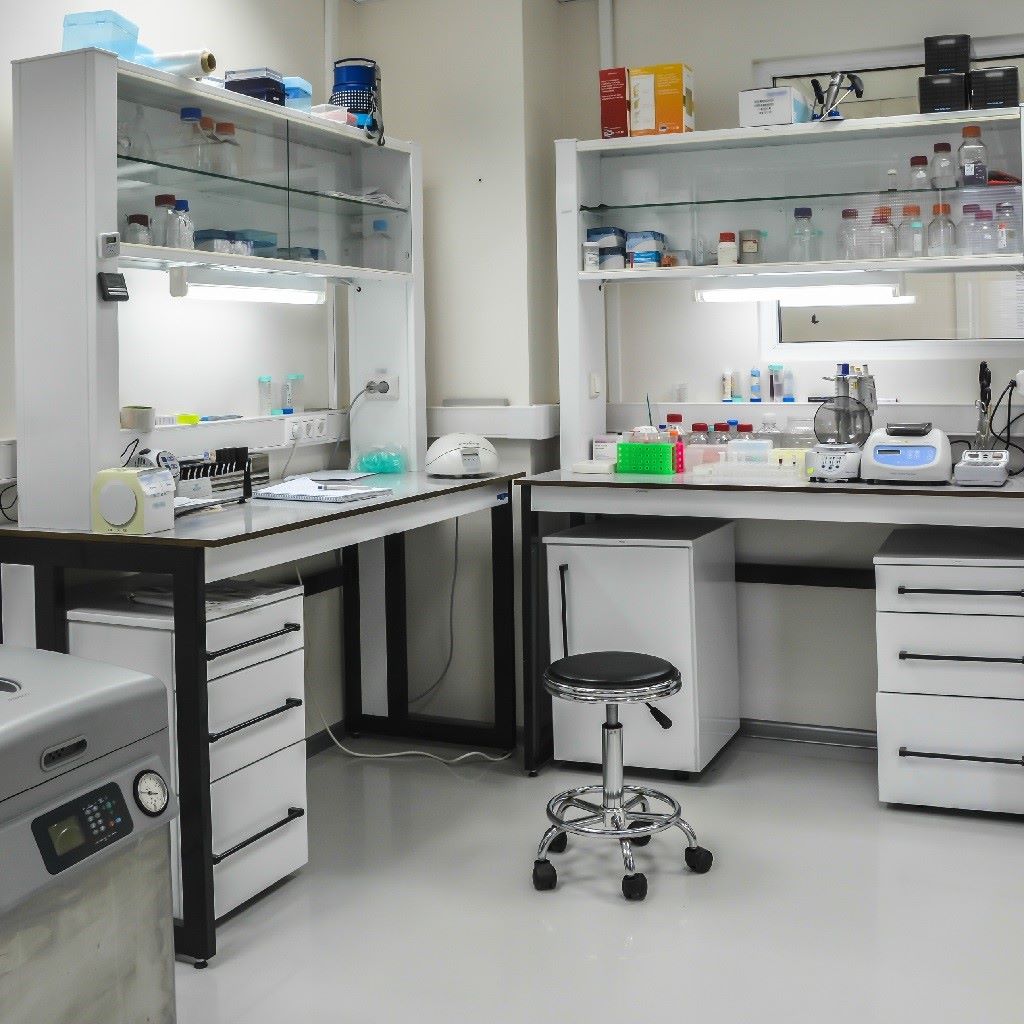Easy To Clean Laboratory Flooring
What makes laboratory flooring different from standard commercial flooring?
Laboratory flooring must meet significantly higher performance requirements, including chemical resistance, seamless construction to avoid contaminants, slip‑resistance for safety, ESD (electrostatic discharge) control in sensitive environments, and compatibility with rigorous cleaning/disinfection protocols.
Our laboratory flooring is durable and easy to clean. Making it a great return on investment.
Why should we choose epoxy or resinous flooring for a laboratory environment?
Epoxy and resinous flooring systems provide a seamless, non‑porous surface that resists spills of chemicals, solvents, acids, and alkalis — critical in lab settings. They support hygienic environments and are easier to clean and maintain compared to tile or vinyl systems
NO RESIDENTIAL PLEASE


Factors to Consider When Choosing Epoxy Laboratory Flooring
Epoxy laboratory flooring is renowned for its emphasis on a sterile environment.
Epoxy flooring provides virtually every requirement that meets, if not exceeds, those expectations.
Our epoxy floor system is non-porous, eliminating the possibility of trapping dirt or absorbing contaminants.
Furthermore, the integrated coving eliminates trapping dirt at the perimeter.
In addition, our lab flooring systems are smooth and seamless, leaving nowhere for dirt to get trapped within the flooring system. This floor is very chemical-resistant, reducing concerns for staining and spills.
What is the typical installation process for laboratory‑grade flooring?
The process begins with substrate assessment and preparation (including shot‑blasting or diamond grinding, crack and joint repair, and moisture mitigation if required), followed by primer, base coat, any broadcast or aggregate layer for texture or ESD, and finishing with a top coat. Work can often be scheduled during off‑hours to minimize operational disruption.
Lab Flooring Thats Built To Last
How long can a properly installed laboratory floor last?
With correct substrate preparation, the appropriate system specification for the specific lab environment, and routine maintenance, a high‑performance resinous flooring system can serve reliably for 10+ years in laboratory use.
The most common floor types are epoxy, vinyl, and tile products. While we are a professional epoxy floor contractor, we always seek to provide our customers with their best options.
Lab floors are seamless, whereas tile and vinyl are not. This presents a concern in a clean room, as we don’t want areas that can trap dirt, etc.
Chemical resistance is a quality that epoxies excel in; the other two offer moderate protection.
Can laboratory flooring incorporate ESD (electrostatic discharge) control and other specialized features?
Yes. Many laboratory flooring systems are available with ESD control, antimicrobial additives, thermal shock resistance, and other specialized features to meet rigorous lab standards and protect sensitive equipment.
Finally, epoxy laboratory flooring is the easiest to maintain.
We hope to encourage you to take advantage of our free consultation, where we can dive deeper into these comparisons and any other considerations you may have.


